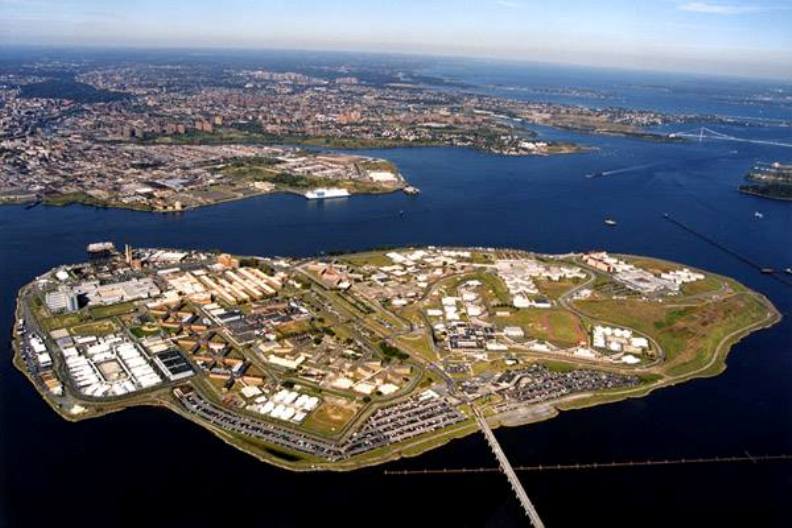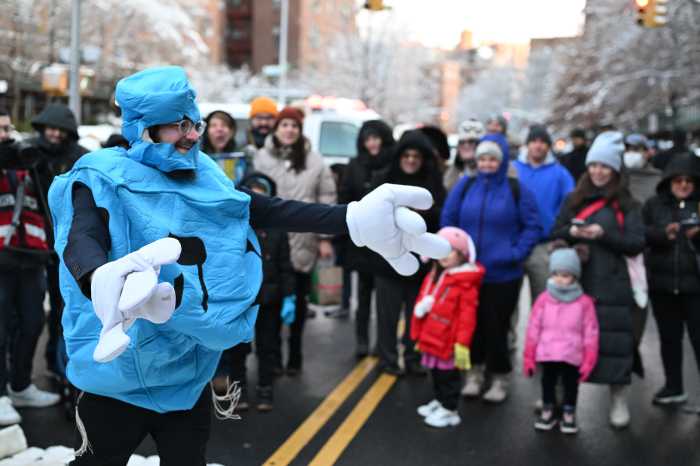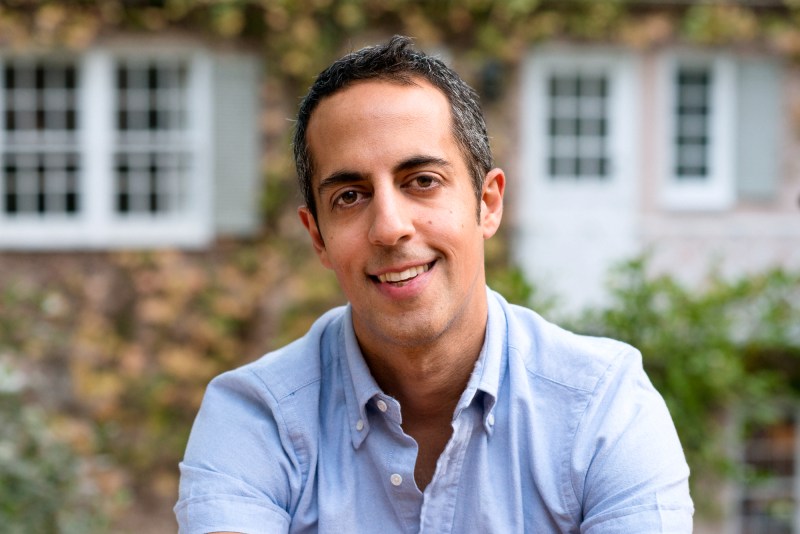Community Board 9 did not have any support to give to Mayor Bill de Blasio’s borough-based jail proposal for a site in Kew Gardens when on March 12 neighborhood representatives struck it down in a resolution with a unanimous vote of 34-0.
Although the vote is advisory and may not hold traction when the City Planning Commission and City Council get the final say on the ULURP application to build a proposed 29-story, 1.9-million-square-foot facility behind the Queens Supreme Court as an alternative to shipping detainees back and forth from Rikers Island as well as reducing the jail population.
“First, this proposal, designed without any communication with the affected communities, will quite simply overwhelm and destroy the small historic residential neighborhood of Kew Gardens, and also adversely affect the adjacent community of Briarwood,” the resolution reads. “Secondly, starting the ULURP clock, before the New York State Legislature can address comprehensive criminal justice reform is putting the cart before the horse. To proceed at this point is to present the New York taxpayer with a potential bill upwards of $30 billion for jails that may not be needed.”
Many opponents to the proposal to close Rikers claim they are not against criminal justice reform, but they have chimed in at previous community meetings that to bring a jail to the Queens would only transport the problems associated with island to a new facility while also increasing congestion and bringing crime into the surrounding neighborhoods with affluent property values.
City officials at a Feb. 28 meeting told angry members of the Queens Advisory Council meeting that the plan is fluid and still a decade away, thus the actual layout of any jail would be fluid giving time for the state to act on jail reform legislation.
But the Kew Gardens jail may not be making waves in every community board district.
Frank Gulluscio, the district manager of Community Board 6, which represents communities neighboring the Kew Gardens jail, explained that while his office has not received more that two caller complaints, more neighborhoods should have been brought into the loop with city officials who have advanced a public outreach effort some say was not included in the beginning of the process.
“Everybody will be affected, one way or the other,” Gulluscio said. “Since [the city is] talking about community involvement and transparency, the other boards should certainly been part and parcel of the conversation.”
Gulluscio added that the CB 6 meeting on March 13 had seen no mention during the public comment period regarding the jail and no resolutions of any kind to oppose the proposal had been made at any time. He also attributed this to the possibility that not many people are aware of the proposal.
CB 6 covers Forest Hills and Rego Park.
Borough President Melinda Katz, a supporter of the decade-long plan to close the jail complex on Rikers Island, took a different path in a March 8 letter to de Blasio in which she called for his administration to not back down on the deal, but to restart the process and include more community involvement.
“As you know, we have been – and continue to be – strong proponents of closing Rikers Island and share with you the goal of reforming and modernizing the city’s jail system,” said Katz, who is currently running for Queens District Attorney. “The irony, however, of unveiling a citywide plan for ‘modern community-based jails’ in the absence of community input is not lost on the boroughs … The backlash to the current plan is what happens when affected communities are not treated as partners in reform.”
Raul Contreras, a spokesman from the mayor’s office, said that although they are currently working with the public to include them in the dialogue, restarting the process is not in the cards.
“We’re working with local residents every day to create a jail system that shortens the distance between detainees and the family and support networks that are so crucial to their eventual re-entry into the community,” Contreras said. “We continue to respond to the concerns of local residents, but we won’t delay our mission to close Rikers and improve conditions for those detained and for their families supporting their rehabilitation.”
But an earlier conversation QNS had with Tyler Nims, executive director to the Lippman Commission, which was chosen by the de Blasio administration to implement jail reform, illustrated by those involved in the process why facilities on the Rikers Island simply cannot be renovated and rebuilt as asked by community members.
“What you can’t fix is the isolation,” Nims said. “I think people sort of think, ‘Well, it’s a jail, it should be isolated,’ but it’s an environment where people are constantly going in and out … Most the people there are awaiting pre-trial, that’s like 80 percent. So they have to be taken periodically – 10 or 11 times is the average – to a court in one of the five boroughs, and then back, to see a judge for about 5 minutes.”
Nims compared Rikers to Roosevelt Island as it was once known as Blackwells Island, where the city’s criminals were housed in the 19th century; while borough-based jails will address an age-old issue of isolation in the correctional system, it will also reduces the population by providing less capacity and present development opportunities on the island.
The Kew Gardens jail is currently projected to hold only about 1,600 detainees and will be one of four in each of the five boroughs except Staten Island. Rikers has a total of 10 jail facilities.
The CPC has until March 25 to decide whether or not to approve the ULURP application.

































